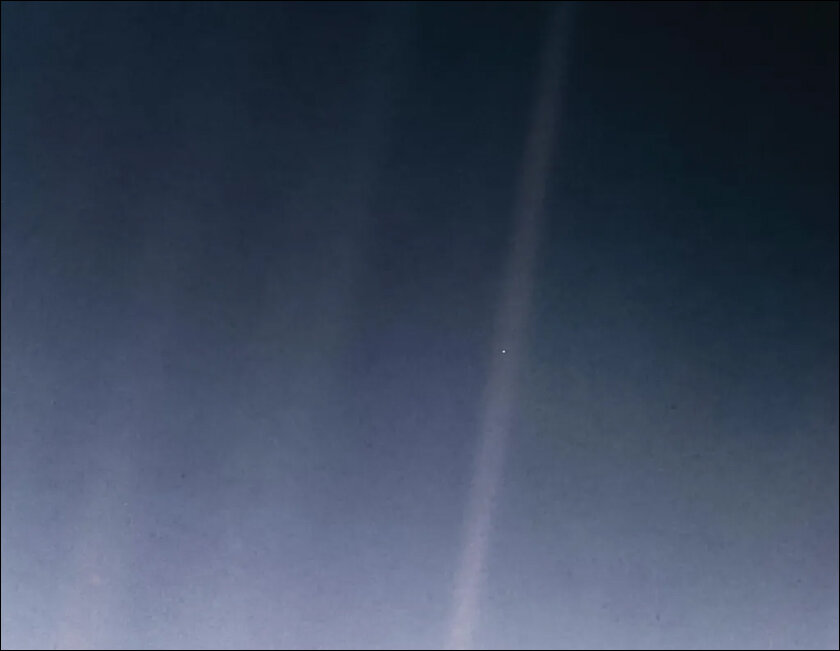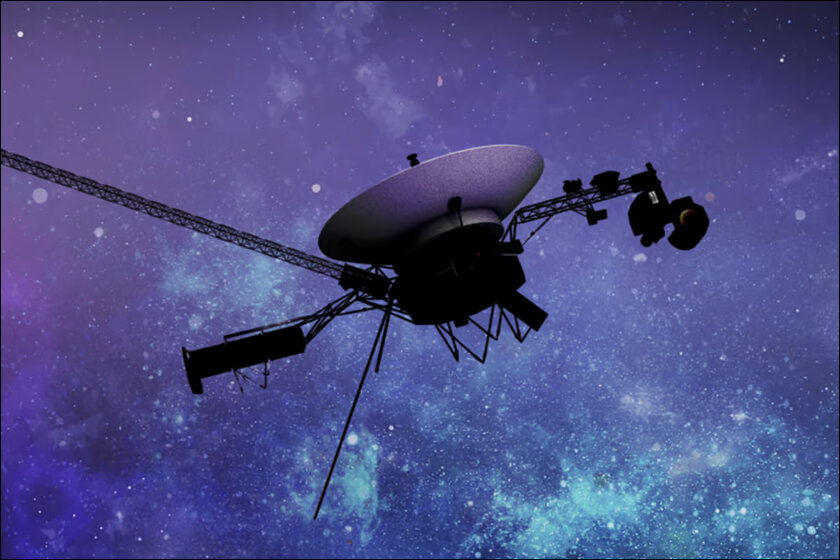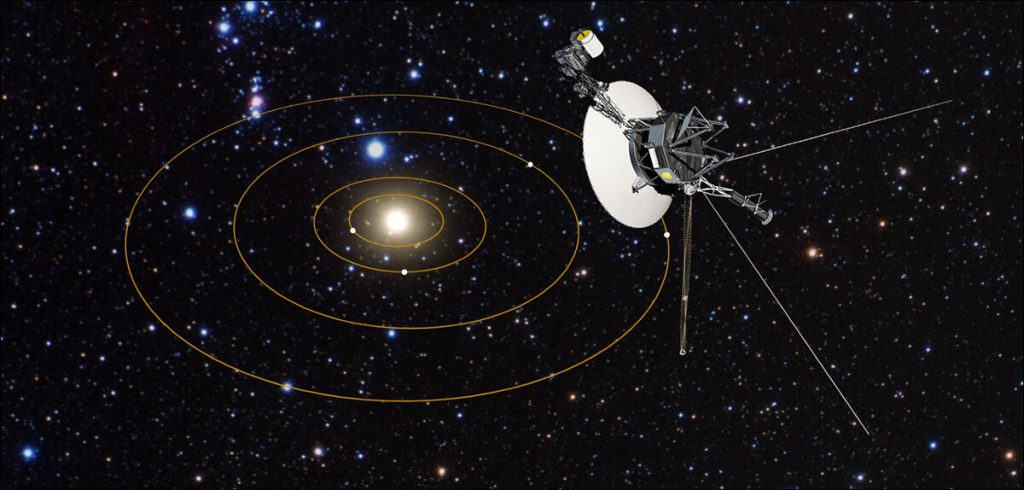Active for almost 50 years since its launch in 1977, Voyager 1 – the first spacecraft to cross into interstellar space – is not doing well. Adarsh explains what’s going on….
NASA launched Voyager 1 from the Kennedy Space Cater in Florida in 1977, along with its sister craft Voyager 2. These two are the longest-serving, nonpassive spacecrafts in existence. They are part of an elite fleet of five probes that are on trajectories that will take them out of the solar system, never to return.
But since November of 2023, Voyager 1 has been sending incomprehensible messages back to Earth and that has got the engineers at NASA really worried. Suzanne Dodd, a part of NASA’s Jet Propulsion Laboratory, said “”It basically stopped talking to us in a coherent manner.”
So, is the Voyager 1’s near-50-year journey about to end?

The History of the Voyagers
Voyagers 1 and 2 were initially on a four-year mission to study Jupiter, Saturn and the larger moons of the two planets over a period of five years. But they have managed to outlast their original mission lifespan by more than 35 years and are both currently 130 times farther away from Earth than our planet is from the Sun.
The twin spacecraft made a string of discoveries on and around Jupiter and Saturn, like the intricacies of Saturn’s rings and the presence of active volcanoes on Jupiter’s moon Io. Voyager 2 went on to explore Uranus and Neptune and is still the only spacecraft to have visited those planets.
Apart from its scientific impact, Voyager 1 also clicked the famous “Pale Blue Dot” image of Earth, which American astronomer Carl Sagan interpreted as a representation of how small humanity is in the grand scale of the cosmos.

(Image Credit: NASA / BBC)
What seems to be the Problem
Voyager 1 started facing a critical computer glitch in November last year. Instead of the expected data, Mission Control was receiving gibberish from the craft, indicating a malfunction in its flight data subsystem (FDS).
With Voyager 1’s software and documentation dating back to the 1970s, troubleshooting was proving to be a challenge. Most of the scientists who worked on the old code have retired by now and the documentation itself is aging, adding to the complexity of the situation.
Mission Control suspected corrupted code and began sending commands to bypass the issue. A breakthrough came on March 1, this year, when a command successfully reached Voyager 1, although it took nearly two days for a response due to the immense distance. Upon decoding the response, engineers realized it contained the entire FDS memory, providing a comprehensive record of the craft’s data and operations.

This discovery serves as a cosmic Rosetta Stone, allowing NASA to compare current and past data to pinpoint the malfunction’s cause and hopefully extend Voyager 1’s mission.
The Last Word
Regardless of this issue, Voyager 1 has been showing its age and isn’t anticipated to last more than a few more years as its radio-thermal generators run down.
But if the engineers at NASA don’t manage to overcome the computer glitch completely, that journey could end a lot sooner. Whether they are able to solve it, remains to be seen.
In case you missed:
- Scientists Discover Earth’s Third Energy Field, after 60 Years of Searching
- India announces First Venus Mission set for 2028
- Param Rudra: Modi launches India’s Homegrown Supercomputing Powerhouse
- India’s AI Ambitions in the Spotlight amidst DeepSeek’s Disruption
- 7 Online Scams to be Wary of in India
- AI Chaos: Why OpenAI, Google and Microsoft Keep Shifting Strategies
- Talk to ChatGPT with new AI Glasses
- How Accurate are AI Web Searches?
- Google launches ‘Cheap AI’ to Combat Rising Costs & Chinese Competition
- Why are Companies resorting to Office Peacocking?









